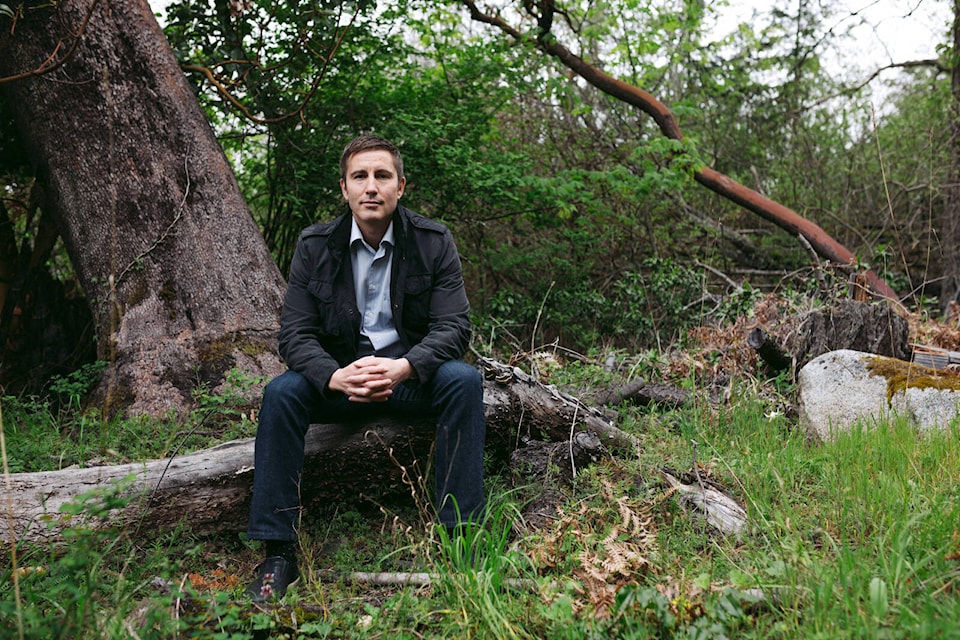Warren Clarmont, Director, Indigenous Cancer Control, BC Cancer | Member of the Gitanmaax Band of the Gitxsan First Nation
It’s no secret, or at least it shouldn’t be, that First Nations peoples face disproportionate barriers to cancer care in British Columbia. For anyone not part of these communities, it can be easy to think the problem only impacts Indigenous patients. But where barriers exist, the consequences fall on all of us.
The solutions and programs we build to address these issues do more than just help the Indigenous population. They become models for all remote, rural and underrepresented communities across the province. In other words: what we can solve here, we can adapt everywhere.
Our Indigenous Patient Navigators and Cultural Safety programs, both supported by the BC Cancer Foundation, are working to address one of the key barriers to care that Indigenous people face: trust in the system.
With history that includes colonialism and residential schools (history that most non-Indigenous peoples are only now beginning to understand) it’s obvious why mistrust exists. What isn’t obvious is the resulting participation gap.
In a data linkage project between BC Cancer and the First Nations Health Authority, our findings show significant disparities in breast screening participation across the province between First Nations peoples and other B.C. residents. This disparity is one reason why Indigenous cancer cases are later-stage diagnoses where the disease is much harder to treat.
It’s also why most Indigenous patients aren’t aware of the supports available to them. Like people from other vulnerable and remote populations in B.C., they only learn about them once they’ve entered the system. This can lead to negative care experiences. In extreme cases, I’ve seen patients refuse to go back to complete treatment.
Ensuring Indigenous patients have access to cancer care, and feel safe when accessing this care, is critical to closing the care gap. Open collaboration with Indigenous populations increases our understanding not just of cultural issues, but of logistical, geographical and financial barriers.
The good news is we’re making headway, and this World Cancer Day, the BC Cancer Foundation is calling on British Columbians to help speed up that progress.
The Foundation’s Patient Relief Fund has expanded, not just for First Nations patients, but for vulnerable, rural communities across B.C., providing financial support via gas and food cards, small equipment purchases necessary for recovery and more. These supports make care more accessible for everyone.
I also urge the community to learn about the Indigenous cancer care experience in our province. Resources like the San’yas Indigenous Cultural Safety Training Program are a great place to start.
The work is just beginning, but the moment and environment are right. If we take advantage of it, together, the reward will be a cancer care system that benefits everyone.
